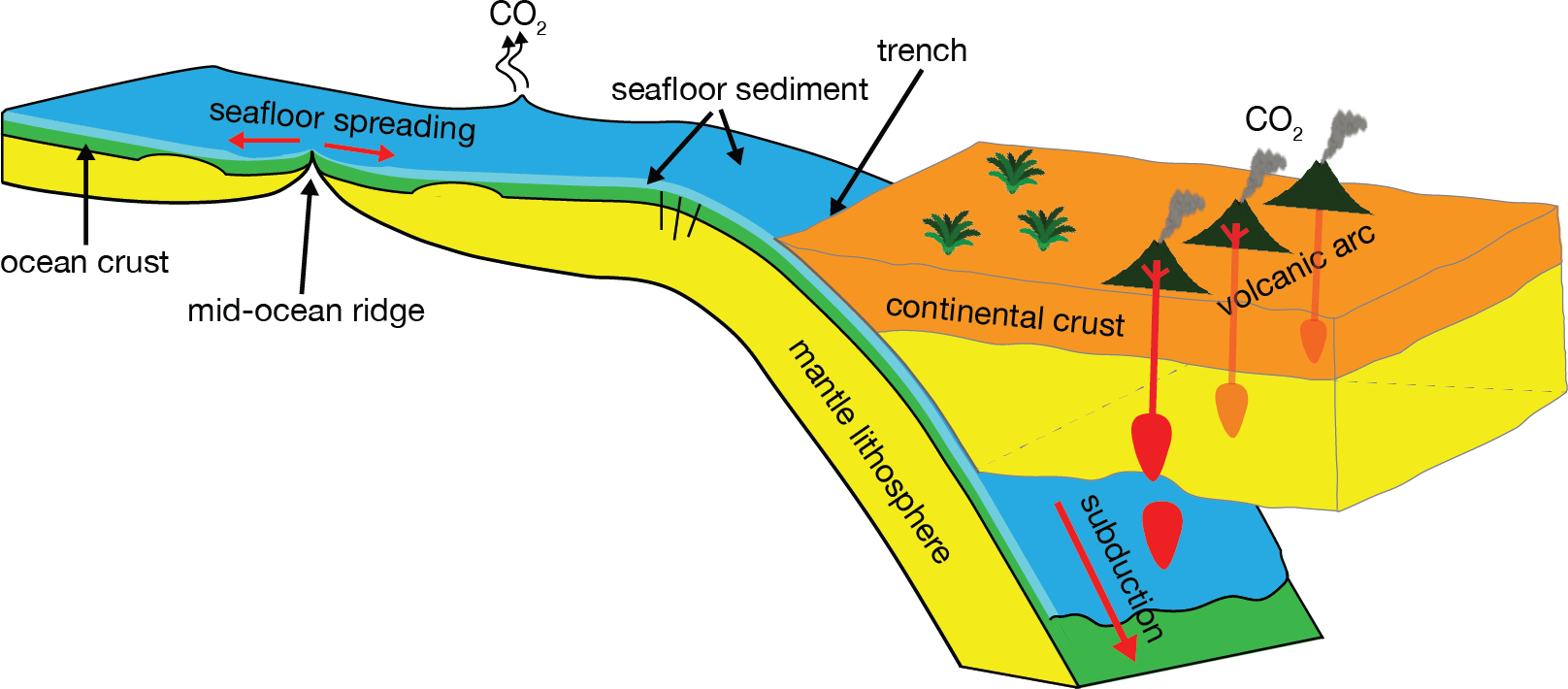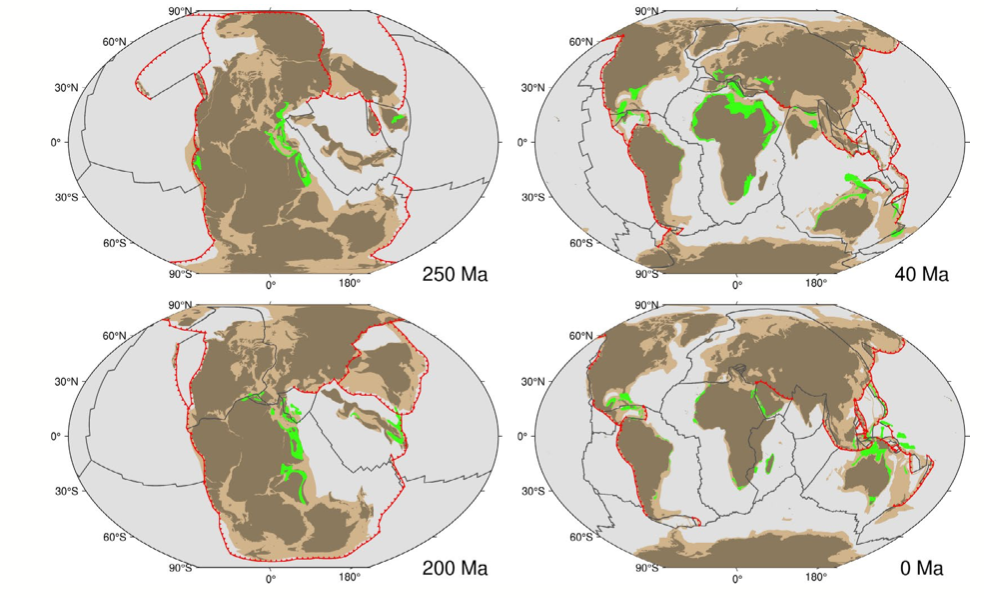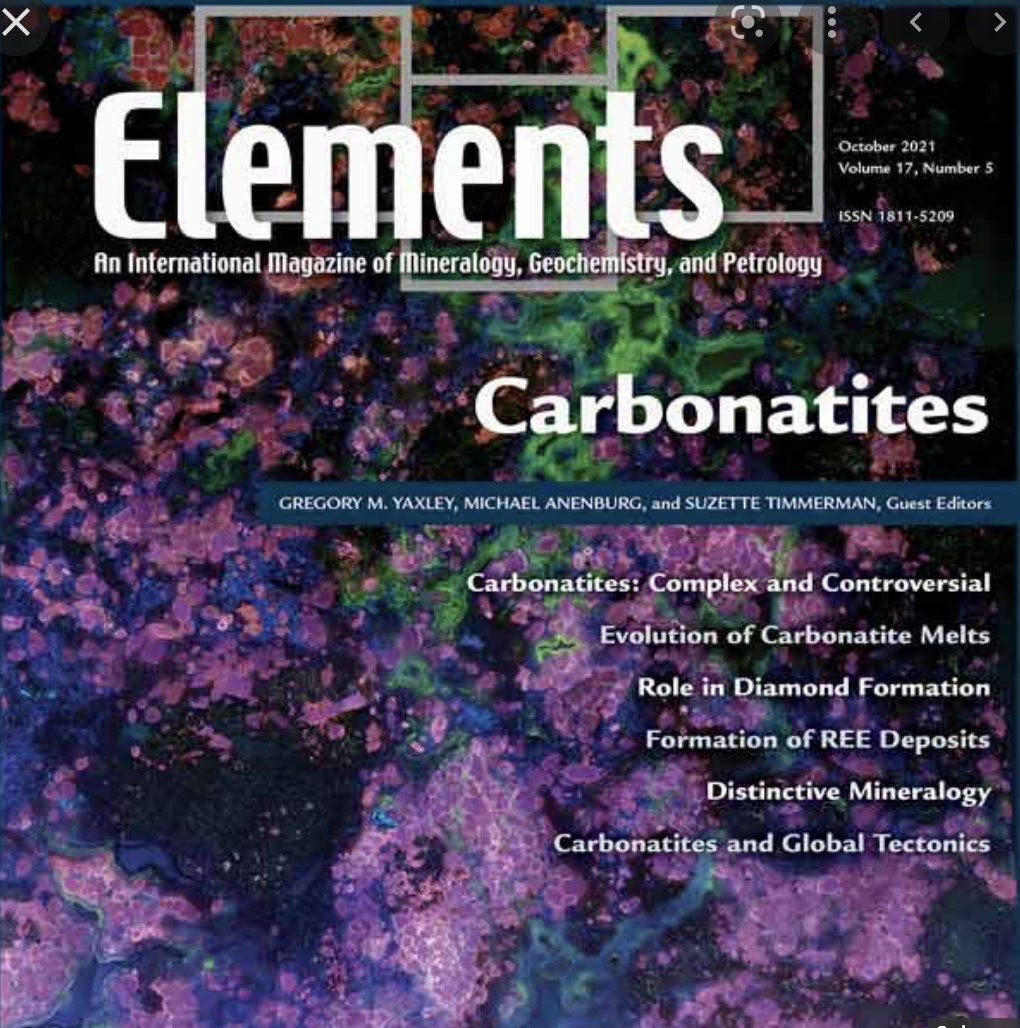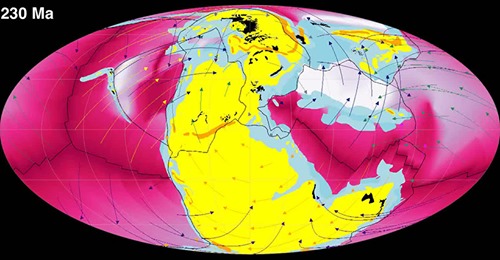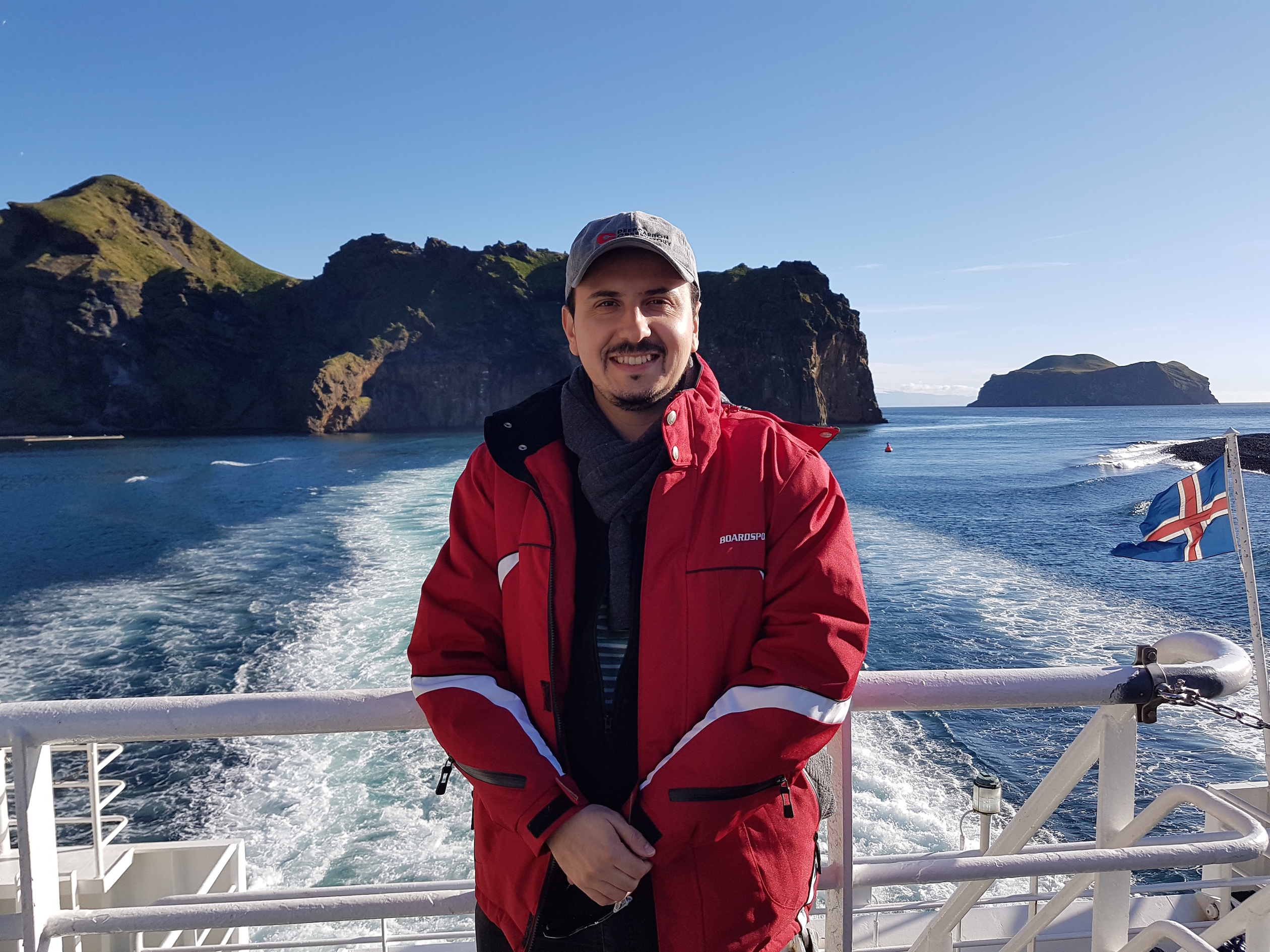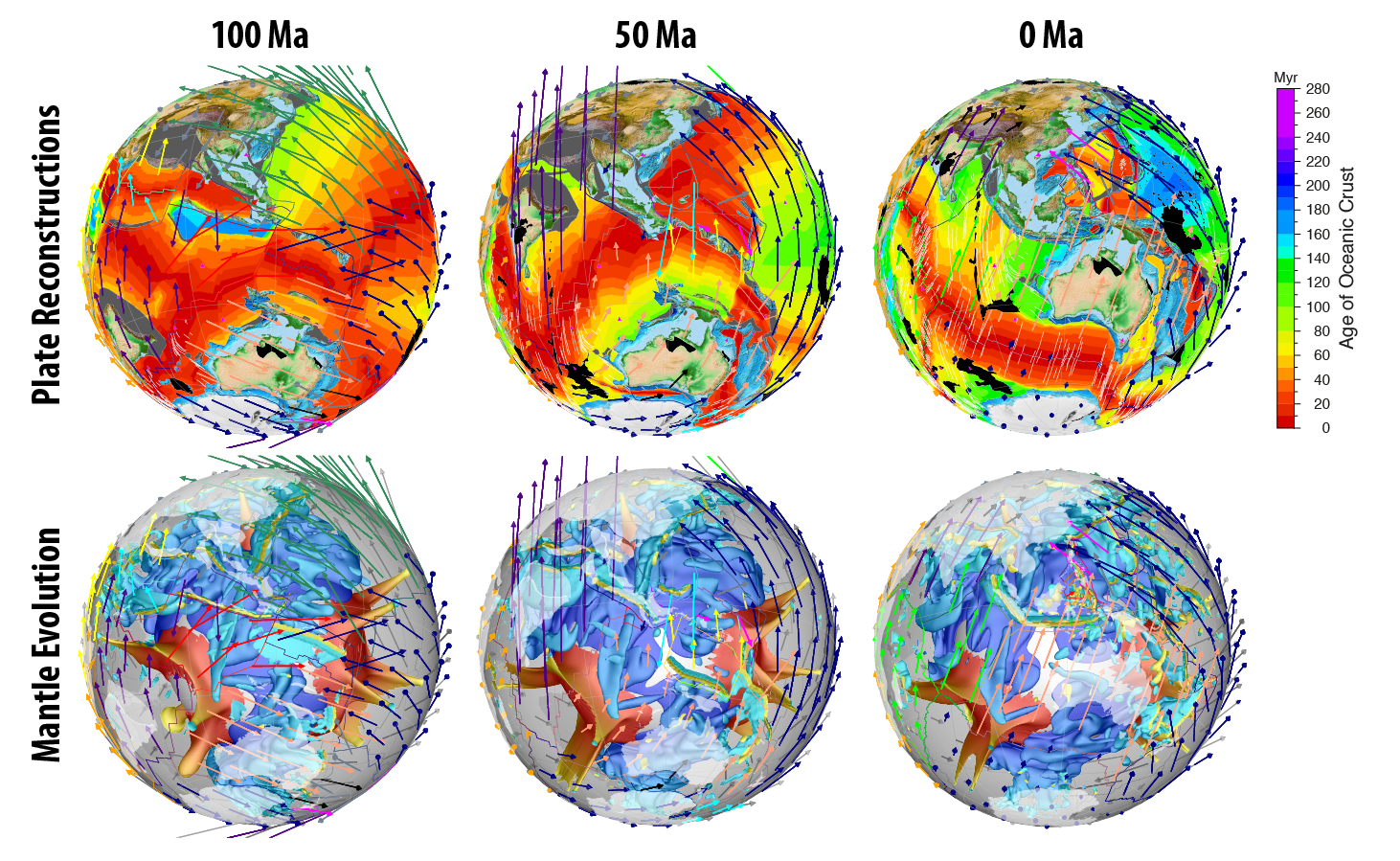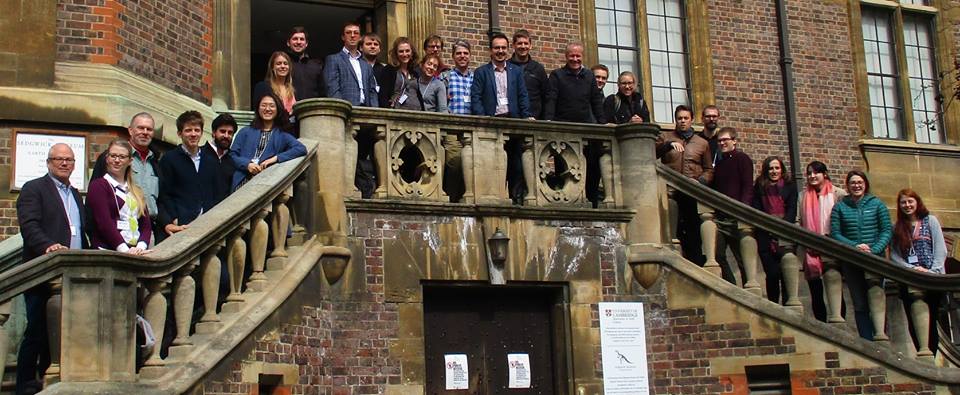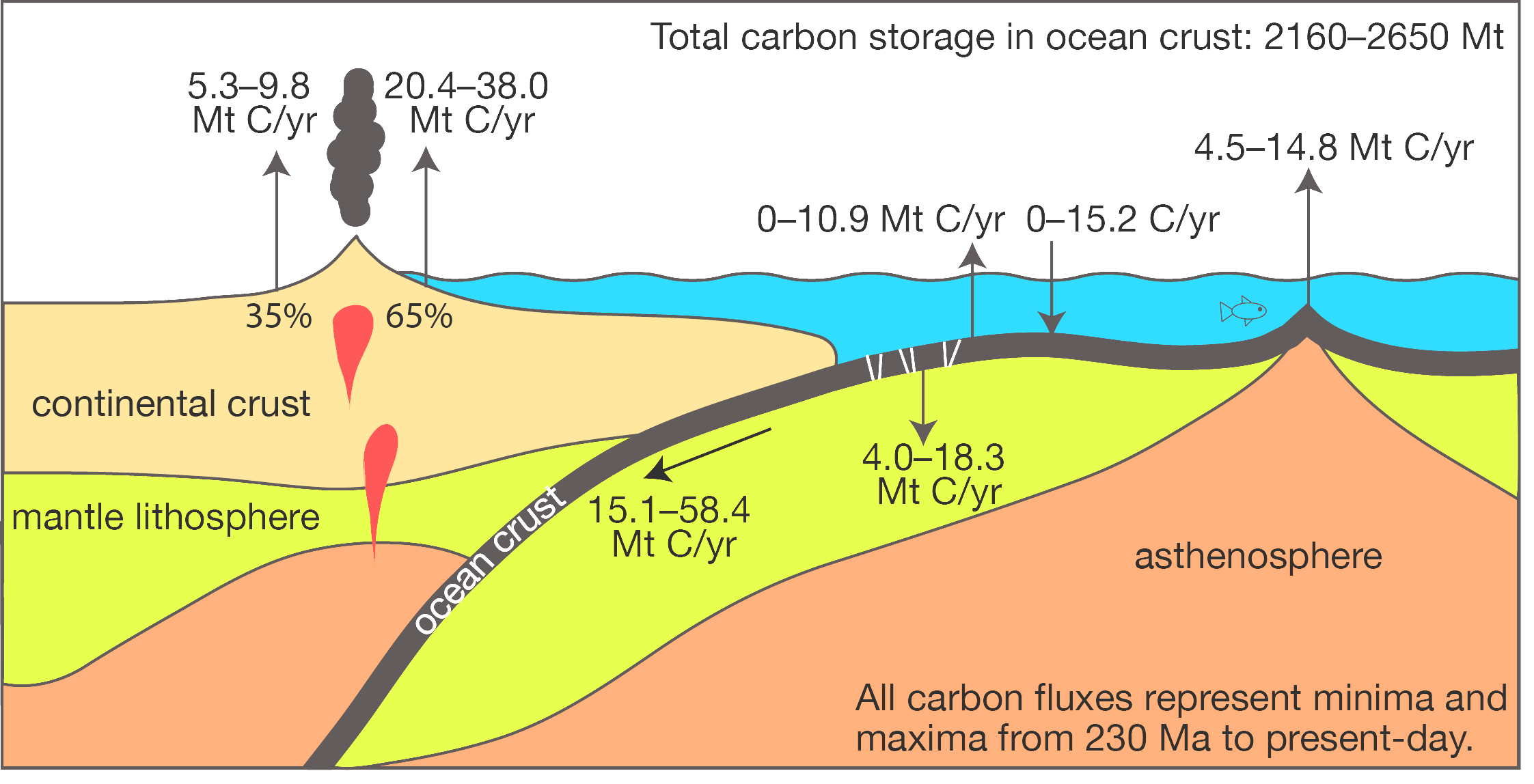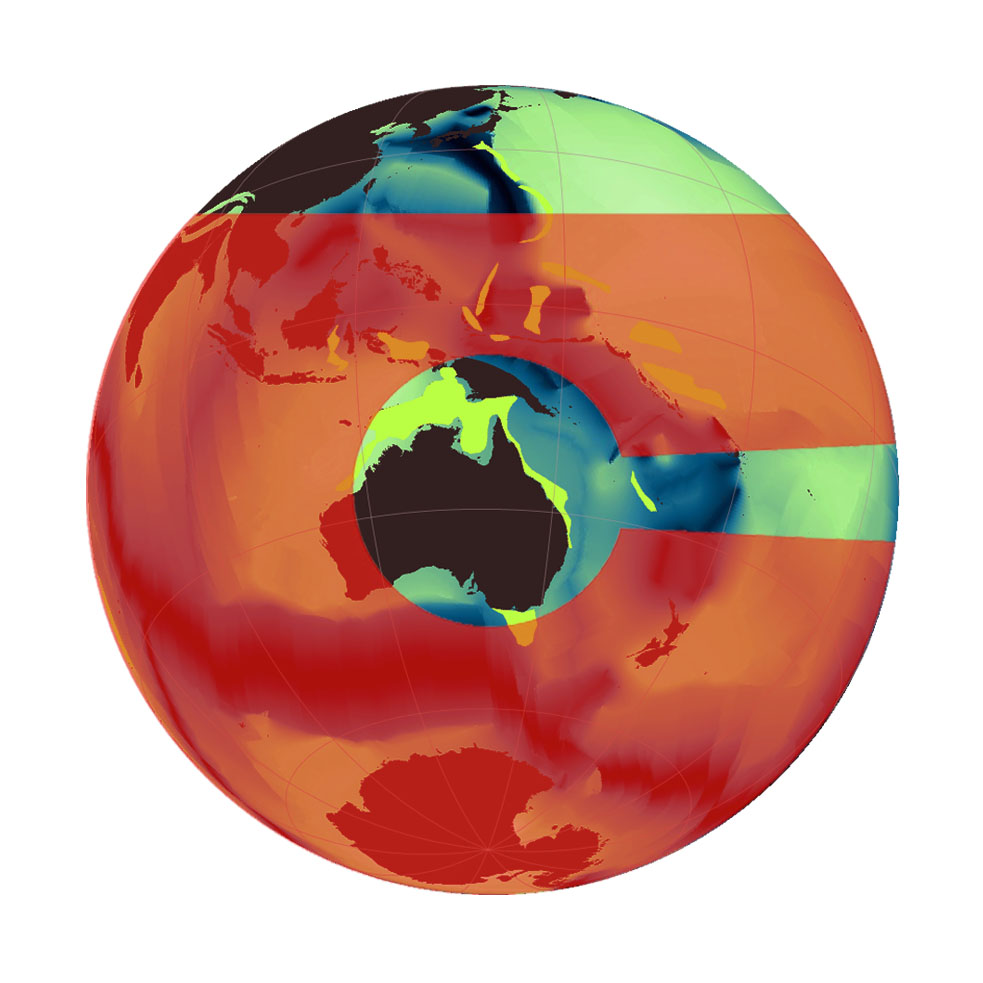Evolution of Earth’s tectonic carbon conveyor belt
This video shows plate motions, carbon storage within tectonic plates and carbon degassing along mid-ocean ridges and subduction zones through time. Our carbon model shows these processes alone cannot explain global cooling in the Cenozoic Era. The effects of rock erosion, not shown here, played a key role. Arrows indicate plate motion speed relative to … Read more…

